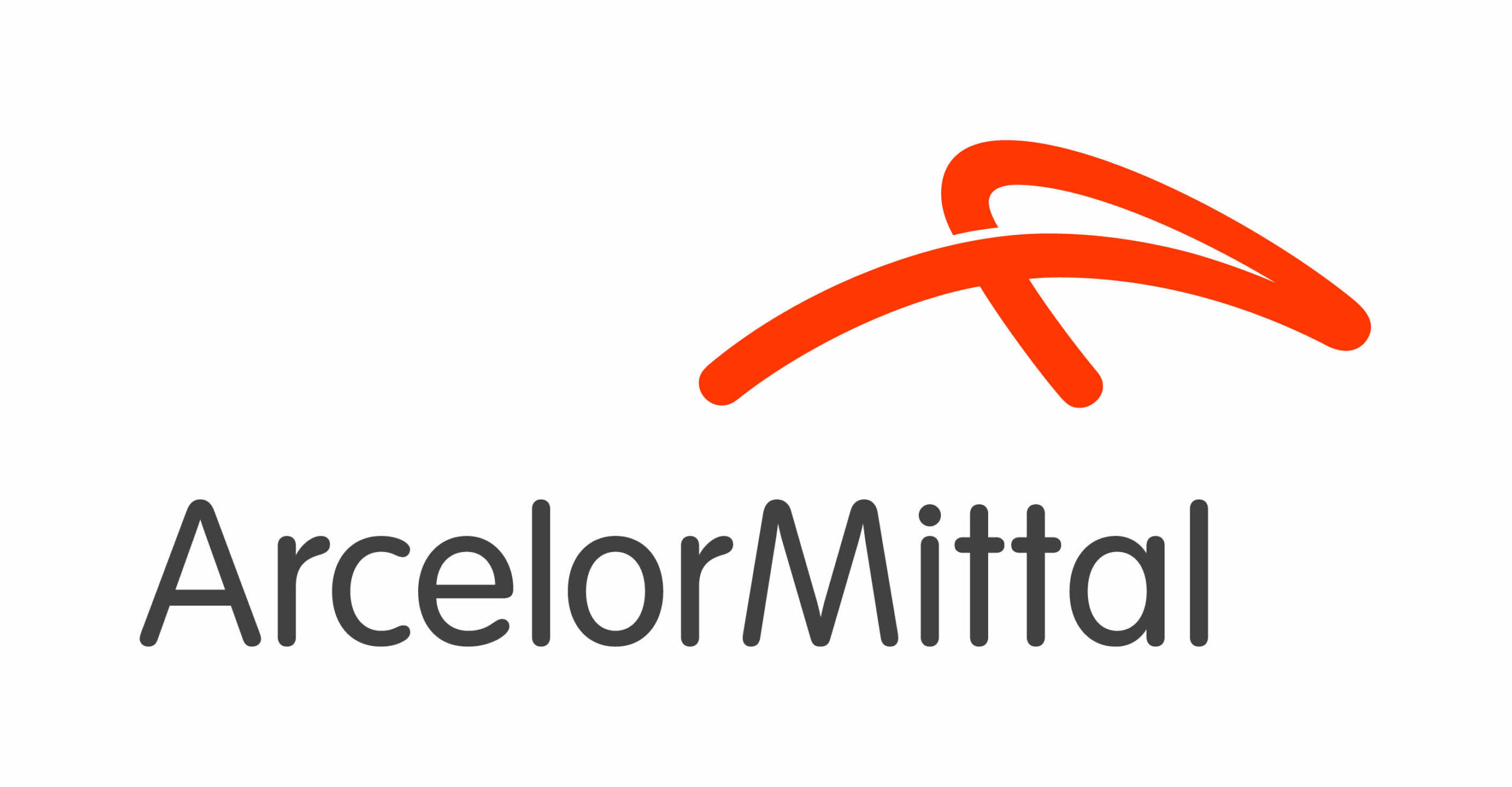RMI collaborated with ArcelorMittal and Toyota to pilot steel product-level greenhouse gas (GHG) data reporting, following RMI's Steel GHG Emissions Reporting Guidance (hereafter “Steel Guidance”).
The pilot tested the emissions calculation and data transfer of hot-dip galvanized (HDG) steel produced via two routes: blast furnace-basic oxygen furnace (BF-BOF) and electric arc furnace (EAF), in alignment with the Steel Guidance. This helped pilot partners gain extra transparency into the climate performance of the tested products. The data allowed Toyota to explore potential applications of product-level data to inform low-emissions procurement and shape its sustainability strategy while enabling ArcelorMittal to demonstrate its decarbonization efforts at the product level.


